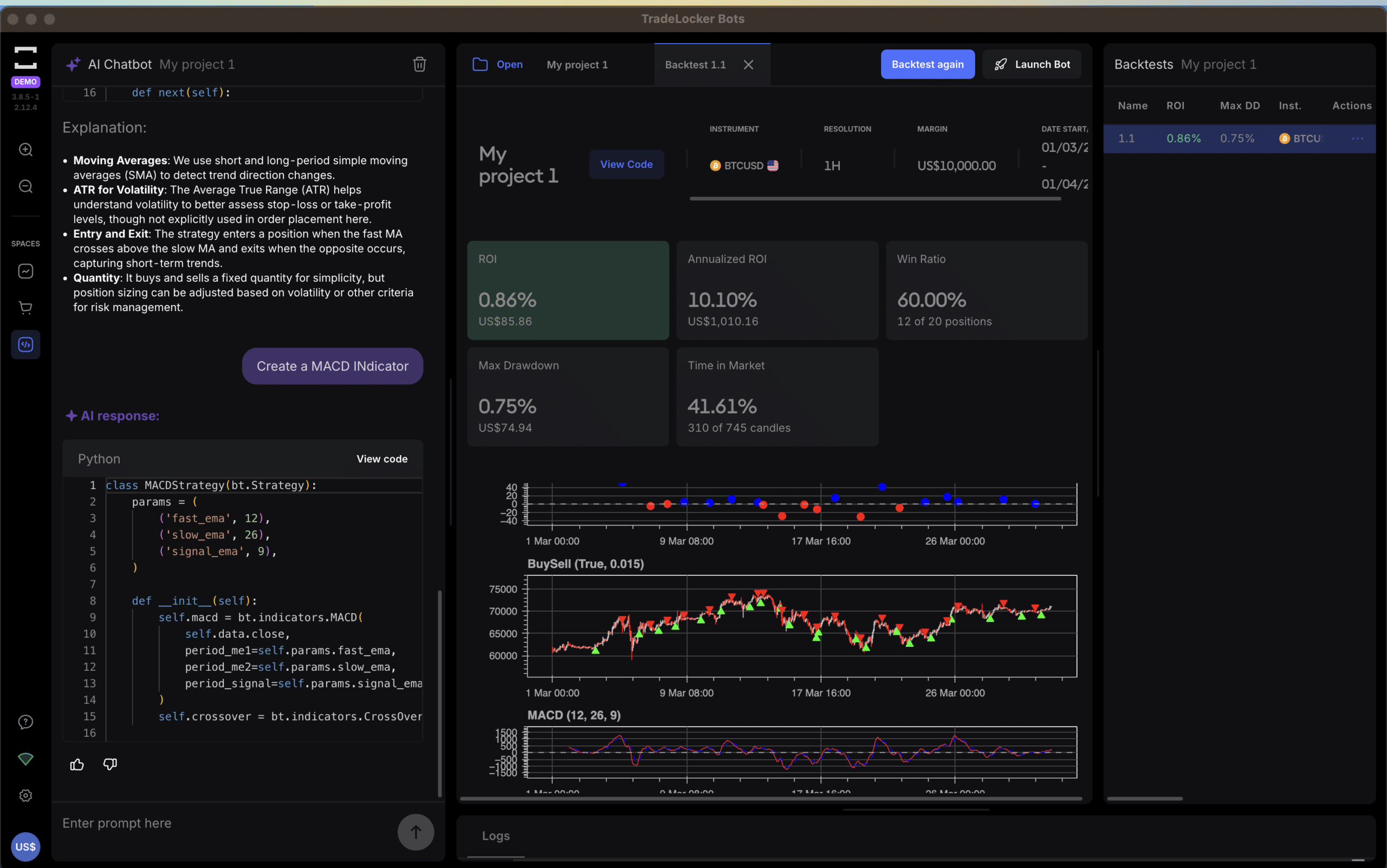Why Liquidity Matters: Understanding How It Affects Your Trading
Liquidity plays a pivotal role in trading, directly influencing the ease, speed, and profitability of transactions. As a core concept, liquidity determines how effortlessly you can buy or sell an asset without causing major price shifts. In this article, we’ll break down why liquidity matters, how it affects your trading performance, and what strategies you can use to leverage liquidity for optimal results.
What Is Liquidity in Trading?
In financial markets, liquidity refers to how quickly and easily an asset can be bought or sold at a stable price. When a market has high liquidity, there are plenty of buyers and sellers actively trading, which makes transactions faster and minimizes price changes.
Example: Forex markets are highly liquid, with trillions of dollars exchanged daily, while certain penny stocks or cryptocurrencies may experience lower liquidity, leading to more volatile price swings.
How Liquidity Affects Trade Execution Speed
Liquidity directly impacts how swiftly your orders are executed. In highly liquid markets, trades are usually completed instantly, reducing the risk of slippage. Lower liquidity, however, can lead to delays as you may need to wait for a suitable buyer or seller, increasing the chance of price discrepancies between when you place and execute an order.
Quick Tip: If rapid execution is critical for your strategy, consider trading assets with higher liquidity, such as major currency pairs in forex or large-cap stocks.
The Relationship Between Liquidity and Spreads
Spreads— the difference between the bid (buy) and ask (sell) prices— tend to be narrower in liquid markets. When there’s high demand and supply, spreads are competitive, keeping costs lower for traders. In contrast, illiquid markets often feature wider spreads, increasing transaction costs and reducing profit margins.
Pro Insight: Traders looking for lower spreads should focus on peak trading hours or popular assets, which tend to have tighter spreads due to high liquidity.
Liquidity and Market Volatility
Low liquidity can amplify volatility. When fewer participants are trading, even small trades can cause significant price fluctuations. Conversely, high liquidity markets tend to be more stable since they can absorb large orders without drastic price changes, creating a smoother trading environment.
Key Takeaway: High volatility in low-liquidity assets can create profit opportunities but also comes with greater risks, so consider your risk tolerance before trading in these markets.
Understanding Liquidity Risks in Different Market Types
Certain markets, like forex, generally exhibit high liquidity, especially during overlapping trading sessions. However, other markets, like cryptocurrencies or specific commodities, can face liquidity challenges, particularly during off-hours or in times of economic uncertainty. This can make it difficult to exit positions quickly, increasing the risk of losses.
Example: A trader holding a cryptocurrency may find it challenging to liquidate their position during a market downturn, as reduced liquidity means fewer buyers are available. Get unique insights with this free eBook on forex and crypto trading.
Liquidity Strategies to Optimize Your Trading
- Trade During Peak Hours: For markets like forex or stocks, liquidity peaks during specific sessions. Trading during these times can improve order execution and minimize slippage.
- Focus on Major Assets: Blue-chip stocks, major currency pairs, and popular cryptocurrencies generally have higher liquidity, reducing risk.
- Consider Limit Orders: Limit orders allow you to specify a price at which you’re willing to buy or sell, reducing the risk of trading at a less favorable price in low-liquidity markets.
Pro Insight: Seasoned traders often adjust their strategies based on liquidity levels, focusing on high-liquidity assets for shorter-term trades and low-liquidity assets for longer-term positions.
FAQ: Understanding Liquidity in Trading
- What is liquidity, and why does it matter in trading?
Liquidity refers to how quickly and easily an asset can be bought or sold without significantly affecting its price. High liquidity enables faster trade execution and lower costs due to tighter spreads, while low liquidity can lead to slower trades and increased volatility. - How does liquidity affect trade execution speed?
In highly liquid markets, trades execute almost instantly, reducing the risk of slippage (price differences between order placement and execution). In low-liquidity markets, trades may take longer to fill, leading to potential price discrepancies. - Why are spreads narrower in liquid markets?
In markets with high liquidity, there are more buyers and sellers, resulting in competitive pricing and narrower spreads. This reduces transaction costs, helping traders retain more profits. In less liquid markets, spreads are typically wider, which can impact profitability. - How does liquidity influence market volatility?
High liquidity markets are generally more stable, as they can absorb large orders with minimal price movement. In contrast, low-liquidity markets are more prone to volatility, where even small trades can lead to significant price swings. - What are some strategies to manage liquidity in trading?
Traders can optimize trades by focusing on high-liquidity assets, trading during peak hours, and using limit orders to control prices. These strategies help minimize costs, reduce risks, and improve trade execution.
Conclusion: Why Liquidity Matters for Every Trader
Liquidity is a foundational element in trading, affecting everything from trade execution speed to costs and overall market stability. Whether you’re a day trader needing swift execution or a long-term investor, understanding liquidity will enable you to navigate markets more effectively. By leveraging liquidity, you can minimize risks, optimize costs, and execute trades with greater confidence.
Ready to deepen your trading knowledge? Explore more with our article on Mastering Trading Psychology. Learn the mindset and strategies to thrive in every market condition.








